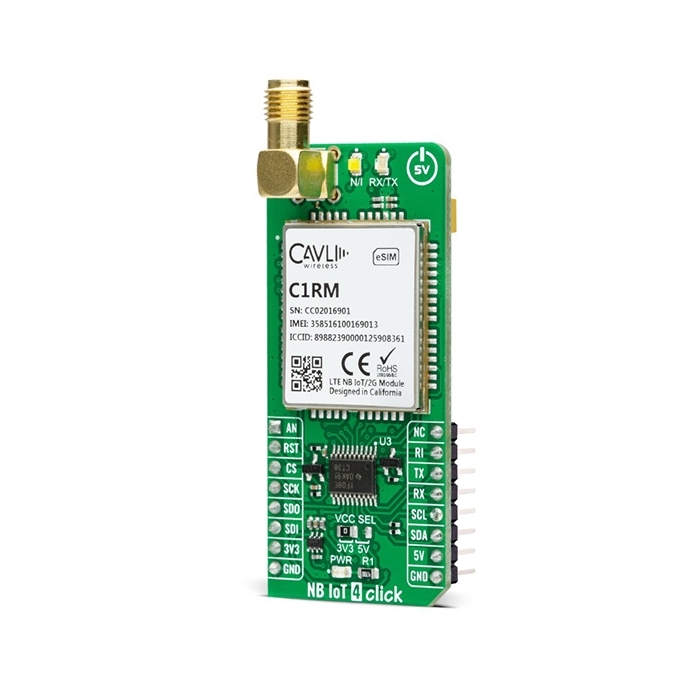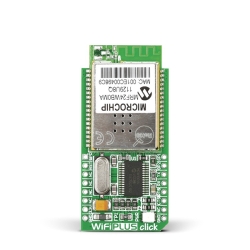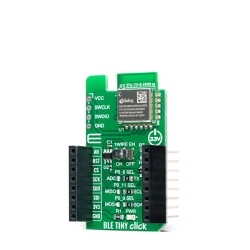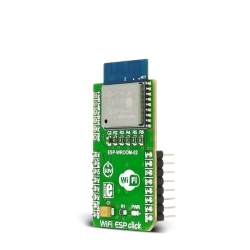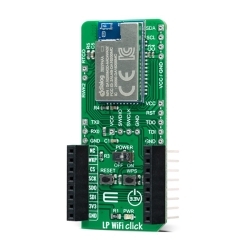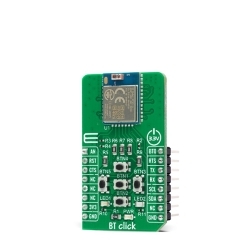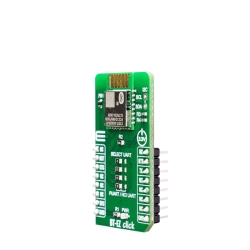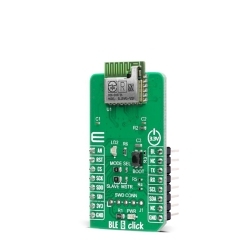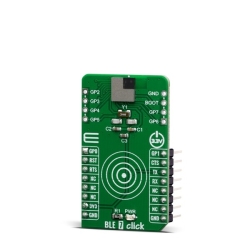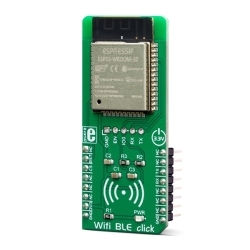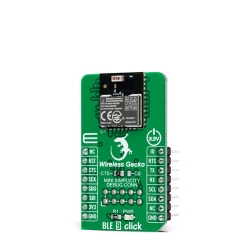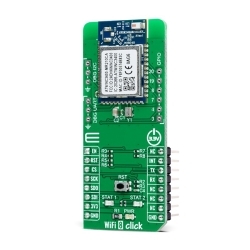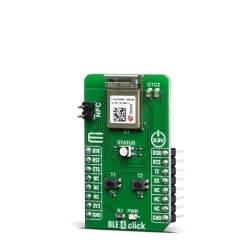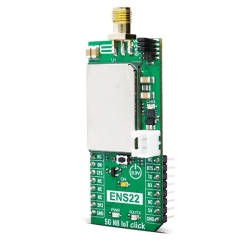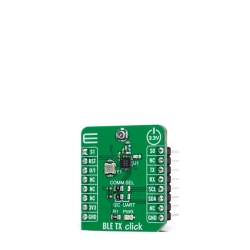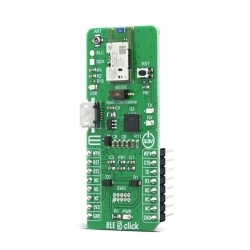MIKROE NB IoT 4 Click
MIKROE NB IoT 4 Click is a compact add-on board that contains a cellular IoT-based module with integrated eSIM for global data connectivity.
Product Overview
MIKROE NB IoT 4 Click is a compact add-on board that contains a cellular IoT-based module with integrated eSIM for global data connectivity. This board features the C1-RM, a three-band NB-IoT IoT/2G wireless communication module supporting Band 3, 5, and 8 mainly applied to low power data transmission service from Cavli Wireless. The module also supports the 3GPP Release 13 standard and meets almost all M2M requirements because of its ultra-small size. It uses low-power technology with a Standby power consumption of less than 1mA, where deep sleep mode can be as low as 5uA. It also offers external interfaces, protocol stacks (providing great convenience for your applications), and a complete range of SMS and data transmission services to meet client-side demands. This Click board™ is suitable for many IoT applications, such as smart metering, intelligent wearables, security and asset tracking, home appliances, environmental monitoring, and more.
NB IoT 4 Click is supported by a mikroSDK compliant library, which includes functions that simplify software development.
NB IoT 4 Click as its foundation uses the C1-RM, the LTE CAT NB-IoT intelligent cellular module with 2G fall-back option based on 3GPP Release 13 with integrated eSIM feature for global data connectivity from Cavli Wireless. It supports a broad range of frequency bands such as NB-IoT: B3/B5/B8/B20/B28 and GPRS: GSM850/EGSM900/DCS1800/PCS1900 with automatic search of frequency bands and the band selection by AT command. It also provides several interfaces and protocol stacks such as UDP/TCP/CoAP/LWM2M and others, allowing data and SMS transmission using NB technology, making it the perfect choice for building various IoT solutions.
This module is specially designed for countries with less than 100% NB-IoT coverage or upcoming NB-IoT network, where LPWAN deployments can happen in 2G and switch to NB-IoT when the network is ready. The integrated eSIM feature ensures that the module can be deployed across the globe.
The C1-RM communicates with MCU using the UART interface with commonly used UART RX and TX pins as its default communication protocol for exchanging AT commands operating at 115200 bps by default configuration to transmit and exchange data with the host MCU. It is also equipped with a USB type C connector, which allows the module to be powered and configured by a personal computer (PC) using FT230X, a compact USB to a serial UART interface bridge designed to operate efficiently with USB host controllers. With the help of FT230X, it is possible to access a debug serial port of C1-RM to upgrade firmware and check the log information. It also possesses the RX/TX blue LED indicator that indicates whether the bridge is in RX or TX mode. The users can also use other interfaces such as SPI or I2C to configure the module and write the library by themselves.
The RI pin routed on the INT pin of the mikroBUS™ represents the external interrupt pin used for waking up the device from a power-saving mode, while the RST pin on the mikroBUS™ socket can perform Hardware Reset function by putting this pin in a logic low state. Next to these pins, this Click board™ also provides a white LED indicator labeled as N/I to indicate the status of network communication in addition to an analog-to-digital conversion pin routed on the AN pin of the mikroBUS™ socket, which can realize external temperature monitoring and can read voltage through AT command.
NB IoT 4 Click has the SMA antenna connector with an impedance of 50Ω used for connecting the appropriate antenna that Mikroe has in its offer. Besides the NB IoT SMA connector, this Click board™ also has a Nano-SIM card slot that provides multiple connections and interface options.
This Click board™ can operate with both 3.3V and 5V MCUs. A proper logic voltage level conversion is performed by appropriate voltage level translator TXS0108E, while the on-board LDO, the TPS7A7002, ensures that the recommended voltage levels power module. However, the Click board™ comes equipped with a library containing easy-to-use functions and an example code that can be used, as a reference, for further development.
Features & Specs
- Interface: Analog, I2C, SPI, UART, USB
- Compatibility: mikroBUS™
- Dimensions: 57.15 x 25.4mm
- Input Voltage: 3.3V or 5V
- Operating Frequency Range (Uplink): Min. 703~748MHz, Max. 1850~1910MHz
- Operating Frequency Range (Downlink): Min. 758~803MHz, Max. 1930~1990MHz
- Operating Temperature Range: Min. -20°C, Typ. +25°C, Max. +70°C
Customer Reviews

Stock and Customer Discounts
Available Discounts
- $52.20 | 25+ units
- $49.46 | 100+ units

